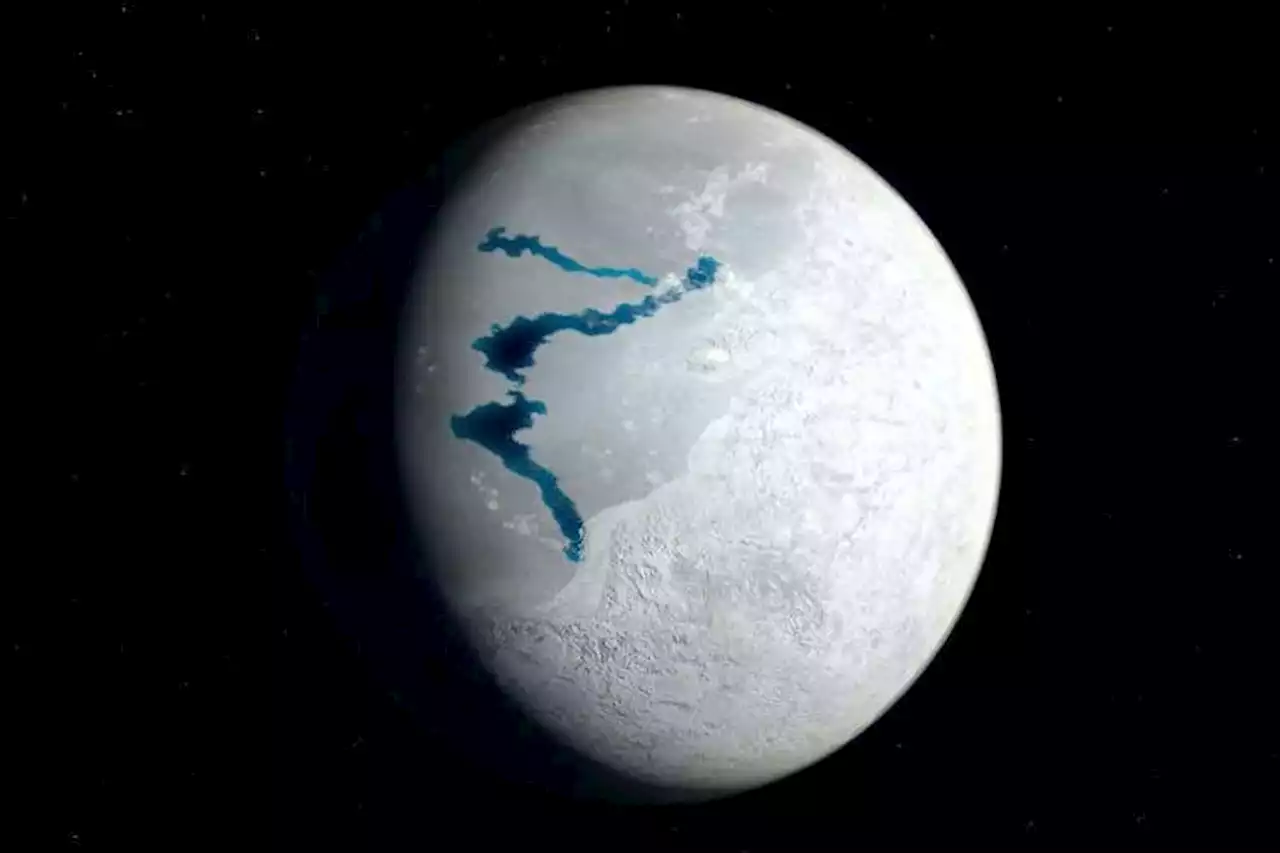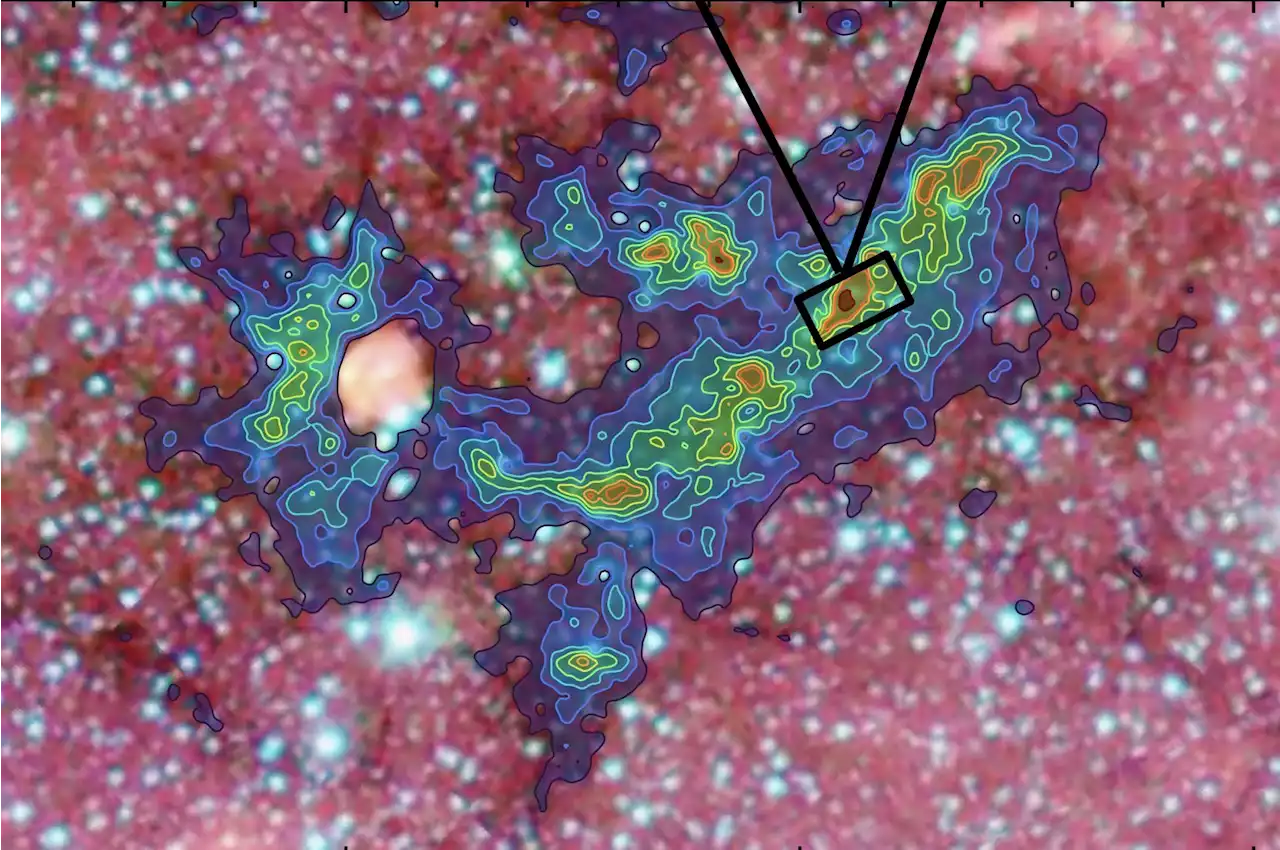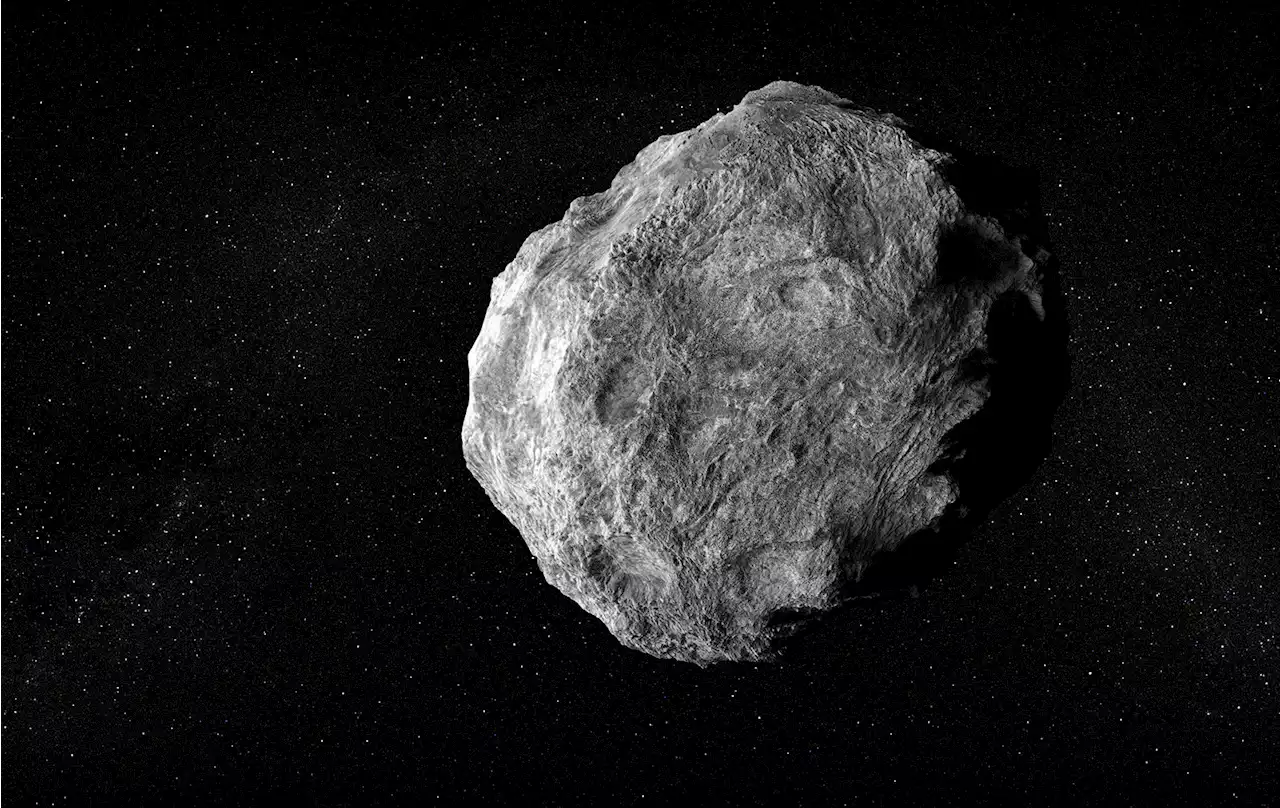Astronomers have discovered that recently spotted asteroid known as 2023 FW13 is actually a quasi-moon, sticking with Earth during its orbit.
Astronomers believe asteroid 2023 FW13 shares a similar orbit to another quasi-moon that is known as Kamoʻoalewa . The asteroid is estimated to be around 65 feet wide. While it sticks with Earth during its orbit, astronomers say that the Sun has a much higher influence on it.
However, Earth disturbs its orbit slightly, which is why it always hovers near our planet. It still travels around the Sun, orbiting the star at the center of our solar system in the same amount of time as Earth. And, each year, asteroid 2023 FW13 ventures within 9 million miles of our planet. That’s still a long way out, as the Moon orbits around our Earth at just 223,693 miles when at its closest point. As such, there are no concerns about asteroid 2023 FW13 hitting Earth or causing any issues with our planet. The asteroid’s Earth-close orbit was first discovered by Adrien Coffinet, aIt’s possible that future missions to the quasi-moon could bring us more information about how big it is, and even what materials it comprised of.
United States Latest News, United States Headlines
Similar News:You can also read news stories similar to this one that we have collected from other news sources.
 Deep Space Missions Must Recreate Exact Earth-Like Conditions to Survive, Scientists ArgueThe 'pancosmorio theory' says that for humans to survive in space, missions must duplicate ecological conditions found back home, including Earth's gravity.
Deep Space Missions Must Recreate Exact Earth-Like Conditions to Survive, Scientists ArgueThe 'pancosmorio theory' says that for humans to survive in space, missions must duplicate ecological conditions found back home, including Earth's gravity.
Read more »
 Scientists May Have Finally Figured Out Where Earth's Water Came FromScientists have figured out where the Earth's water came from billions of years ago when our planet formed.
Scientists May Have Finally Figured Out Where Earth's Water Came FromScientists have figured out where the Earth's water came from billions of years ago when our planet formed.
Read more »
 Not Snowball Earth, More of a Slushball EarthA study of the Marinoan ice age suggests that microalgae thrived and may have helped keep Earth a slushball rather than a snowball.
Not Snowball Earth, More of a Slushball EarthA study of the Marinoan ice age suggests that microalgae thrived and may have helped keep Earth a slushball rather than a snowball.
Read more »
 Mother of Dragons: Astronomers Peer Inside the 'Dragon Cloud'How did the most massive stars form? New observations of the so-called Dragon Cloud may hold the clue to answering this mystery.
Mother of Dragons: Astronomers Peer Inside the 'Dragon Cloud'How did the most massive stars form? New observations of the so-called Dragon Cloud may hold the clue to answering this mystery.
Read more »
 Black Hole Brawl: Astronomers Discover Rare Quasar Pair Ready to RumbleAstronomers have discovered a rare pair of actively feeding supermassive black holes, or quasars, on the verge of colliding. This unique system, J0749+2255, was found in merged galaxies when the universe was 3 billion years old. The discovery provides insights into the emergence of supermassive blac
Black Hole Brawl: Astronomers Discover Rare Quasar Pair Ready to RumbleAstronomers have discovered a rare pair of actively feeding supermassive black holes, or quasars, on the verge of colliding. This unique system, J0749+2255, was found in merged galaxies when the universe was 3 billion years old. The discovery provides insights into the emergence of supermassive blac
Read more »
 Cosmic Probes: Astronomers Discover Massively Powerful Fast Radio Bursts That Skewer Nearby GalaxyAfter upgrading the radio telescope array at Westerbork, The Netherlands, astronomers have found five new Fast Radio Bursts. The telescope images, much sharper than previously possible, revealed that multiple bursts had pierced our neighboring Triangulum Galaxy. This allowed the astronomers to deter
Cosmic Probes: Astronomers Discover Massively Powerful Fast Radio Bursts That Skewer Nearby GalaxyAfter upgrading the radio telescope array at Westerbork, The Netherlands, astronomers have found five new Fast Radio Bursts. The telescope images, much sharper than previously possible, revealed that multiple bursts had pierced our neighboring Triangulum Galaxy. This allowed the astronomers to deter
Read more »
